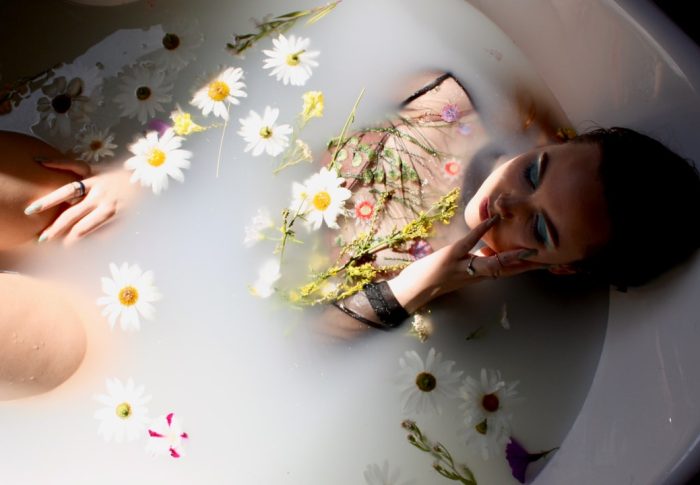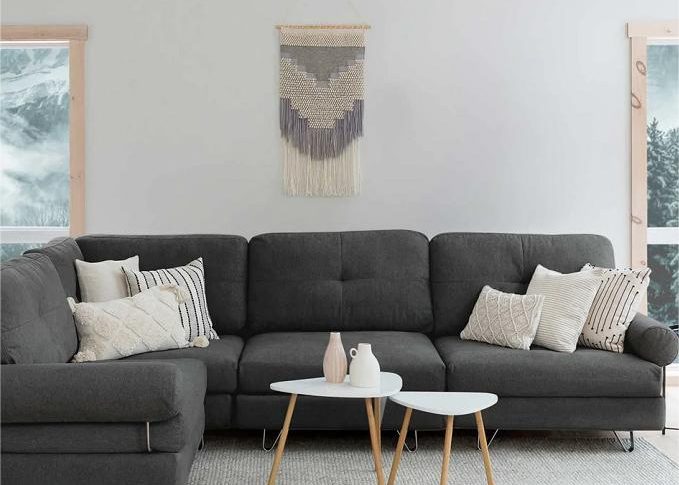
Embracing Wabi-Sabi: Japanese-Inspired Restaurant Chandelier
Wabi-sabi is a Japanese aesthetic philosophy that finds beauty in the imperfect, the transient, and the incomplete. Rooted in Zen Buddhism, this concept encourages an appreciation for the natural cycle of growth and decay, emphasizing the beauty that can be found in the mundane and the ordinary. The term „wabi“ originally referred to a rustic simplicity and a sense of solitude, while „sabi“ denotes the beauty that comes with age and wear.
Together, they create a worldview that celebrates the ephemeral nature of life, urging individuals to find joy in the fleeting moments and the imperfections that define our existence. In practical terms, wabi-sabi manifests in various forms of art, architecture, and design. It is characterized by asymmetry, irregularity, and a certain rawness that reflects the natural world.
For instance, a handcrafted ceramic bowl may exhibit uneven edges or a subtle glaze that highlights its imperfections, making it unique and full of character. This philosophy encourages a shift away from the pursuit of perfection and instead invites us to embrace authenticity. By recognizing the beauty in flaws, wabi-sabi fosters a deeper connection to our surroundings and encourages mindfulness in our daily lives.
The Beauty of Imperfection
The beauty of imperfection is a central tenet of wabi-sabi, inviting us to reconsider our perceptions of aesthetics. In a world often dominated by ideals of flawlessness and uniformity, wabi-sabi offers a refreshing perspective that values authenticity over superficial perfection. This appreciation for imperfection can be seen in various art forms, from traditional Japanese pottery to contemporary design.
For example, the practice of kintsugi—repairing broken pottery with lacquer mixed with gold—exemplifies this philosophy by highlighting the cracks and flaws rather than hiding them. Each repaired piece tells a story, celebrating its history and transformation rather than conforming to an idealized standard. Moreover, embracing imperfection can lead to a more profound understanding of ourselves and our experiences.
In personal relationships, for instance, acknowledging our flaws and vulnerabilities can foster deeper connections with others. When we allow ourselves to be seen as imperfect beings, we create space for authenticity and empathy. This shift in perspective can be liberating; it encourages us to let go of unrealistic expectations and embrace our true selves.
In this way, the beauty of imperfection extends beyond aesthetics into the realm of human experience, reminding us that our flaws are what make us uniquely human.
Embracing Japanese Aesthetics
Japanese aesthetics encompass a rich tapestry of cultural values and artistic expressions that resonate deeply with the principles of wabi-sabi. Central to this aesthetic is the concept of simplicity, which emphasizes minimalism and the elimination of excess. This is evident in traditional Japanese architecture, where spaces are designed to be functional yet serene, often incorporating natural materials such as wood and stone.
The use of sliding doors (fusuma) allows for flexible room configurations, creating an adaptable environment that reflects the changing seasons and moods. Another key aspect of Japanese aesthetics is the notion of nature as an integral part of design. Gardens, for instance, are meticulously crafted to evoke a sense of harmony with the surrounding landscape.
The careful placement of rocks, water features, and plants creates a tranquil environment that encourages contemplation and connection with nature. This relationship between indoor and outdoor spaces is also reflected in traditional tea houses, where simplicity and natural materials create an atmosphere conducive to mindfulness and reflection. By embracing these elements, one can cultivate a deeper appreciation for the beauty found in simplicity and nature.
Designing the Chandelier
When it comes to designing a chandelier that embodies wabi-sabi principles, one must consider how to integrate natural materials and organic forms into the design. A chandelier crafted from reclaimed wood or wrought iron can evoke a sense of rustic charm while also telling a story of its past life. The use of asymmetrical shapes or uneven finishes can further enhance its character, allowing it to stand out as a unique piece rather than a mass-produced item.
Incorporating elements such as hand-blown glass or artisanal ceramics can add layers of texture and depth, inviting viewers to appreciate the craftsmanship behind each component. Lighting plays a crucial role in creating an atmosphere that aligns with wabi-sabi aesthetics. Soft, diffused light can evoke warmth and intimacy, transforming a space into a sanctuary where imperfections are celebrated rather than concealed.
The interplay between light and shadow can highlight the unique features of the chandelier while casting gentle reflections that dance across walls and surfaces. By thoughtfully considering both form and function, one can create a chandelier that not only serves as a focal point but also embodies the essence of wabi-sabi—an appreciation for beauty in all its imperfect glory.
Creating a Tranquil Atmosphere
Creating a tranquil atmosphere is essential for fostering mindfulness and reflection within any space. In line with wabi-sabi principles, this involves curating an environment that encourages simplicity and serenity. One effective approach is to utilize natural materials throughout the design—wooden furniture, stone accents, and organic textiles can all contribute to a calming ambiance.
The color palette should also reflect nature’s hues; soft earth tones, muted greens, and gentle blues can evoke feelings of peace and grounding. In addition to material choices, incorporating elements that promote relaxation is vital for achieving tranquility. Water features such as small fountains or indoor ponds can introduce soothing sounds that enhance the overall atmosphere.
Plants play an equally important role; their presence not only purifies the air but also connects occupants to nature. By selecting low-maintenance varieties that thrive indoors, one can create a lush environment without overwhelming upkeep demands. Ultimately, designing for tranquility involves harmonizing various elements—materials, colors, sounds—to cultivate an inviting space where individuals can unwind and reflect.
Incorporating Wabi-Sabi into Restaurant Design
Embracing Authenticity through Natural Materials
The first step in achieving this is to incorporate natural materials that reflect authenticity. Reclaimed wood tables, handmade ceramics for serving dishes, and textured fabrics can all contribute to an atmosphere that feels warm and welcoming. By avoiding overly polished surfaces or uniform designs, restaurants can evoke a sense of rustic charm that aligns with wabi-sabi principles.
Fostering Connection and Solitude through Layout and Lighting
The layout of the restaurant should also encourage connection among diners while allowing for moments of solitude. Communal tables made from rough-hewn wood can foster interaction among guests while still providing intimate spaces for smaller groups. Lighting plays a crucial role here as well; soft pendant lights or candles can create an inviting glow that enhances the overall ambiance without overwhelming diners with brightness.
Celebrating Craftsmanship and Imperfection
Additionally, incorporating elements such as open kitchens allows patrons to witness the artistry behind their meals—a celebration of craftsmanship that aligns perfectly with wabi-sabi’s appreciation for imperfection. By creating spaces that celebrate authenticity and imperfection, restaurateurs can cultivate an environment where guests feel connected not only to their food but also to each other and their surroundings. This approach invites diners to slow down, savor their meals, and appreciate the beauty found in every moment—an embodiment of wabi-sabi philosophy in action.





